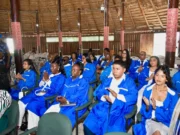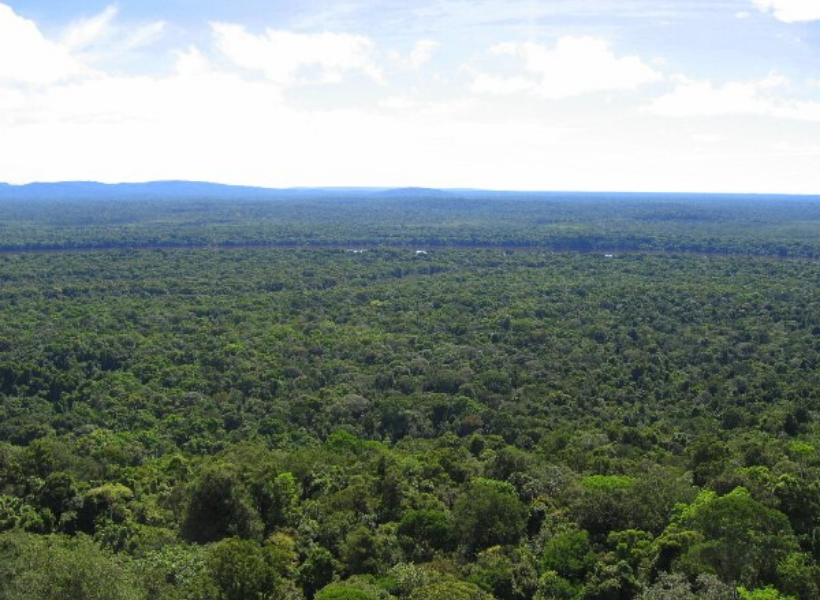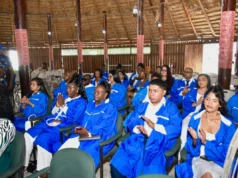An A Partnership for National Unity (APNU) government will increase transfers of Guyana’s carbon credit sales to Indigenous Communities from 15 to 50 per cent, says that party’s Prime Ministerial Candidate (PM), Juretha Fernandes.
“The carbon credits is being collected by this country, and the PPP administration is paying 15% of that money to the indigenous communities. But guess what? Under the stewardship of Aubrey Compton Norton, a policy was developed, and now those carbon credits will be increased to 50 percent,” she told attendees at an APNU rally on the East Coast of Demerara over the weekend.
She added that her party, if successful at the September 2025 poll, will also ensure that monies are transferred directly to persons living in those communities.
“It will not only be going to the communities and the heads of those communities, but now I am proud to say that every indigenous family will be receiving those monies directly—because this is your time for self-determination,” she said.
Fernandes, speaking directly to the Indigenous population, said that those direct transfers will allow them to “craft their own future”.
“We will empower you to do so, because this is your time,” she said.
The PM candidate also spoke about the increase in healthcare services in Indigenous communities, saying that for too long, the hinterland has been suffering from a lack of medication and medical staff shortages.
Through its revised Low Carbon Development Strategy (LCDS) 2030, the government secured the largest carbon deal globally, valued at US$750 million in 2022. This deal is part of the Architecture for REDD+ Transaction (ART) initiative and will see the nation earning revenues for forest carbon from 2022 to 2032.
Some 15 per cent of these payments are disbursed directly to Amerindian villages, granting leaders the authority to identify projects based on the villages’ priorities, which was agreed to by the National Toshaos Council (NTC).
Over the past two years, a whopping $9.5 billion of climate revenues have already been distributed to more than 242 villages.













